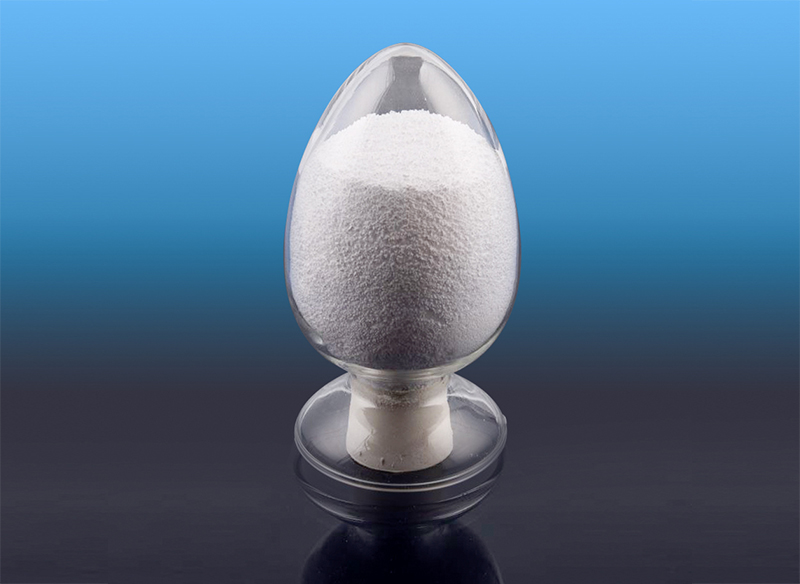What role does hydrogenated isoprene polymer play in the development of biodegradable or environmentally friendly elastomers?
Hydrogenated isoprene polymer plays a significant role in the development of biodegradable or environmentally friendly elastomers, although it is not biodegradable by itself. However, there are several ways in which it contributes to the broader goals of sustainability and eco-friendliness in elastomer technology:
Enhanced Durability and Longevity:
Longer Service Life: One of the key benefits of hydrogenated isoprene polymer is its enhanced durability. By improving the resistance to aging, oxidation, and environmental degradation, hydrogenated isoprene polymer extends the lifespan of products, reducing the frequency of replacement and the overall waste generation. This characteristic contributes indirectly to environmental benefits, as products made from this polymer last longer and accumulate less waste over time.
Resistance to Harsh Conditions: Its resistance to extreme temperatures, UV light, and ozone ensures that products maintain performance in challenging environments (e.g., automotive, outdoor applications), which can reduce the environmental impact of frequent product replacements.
Lower Toxicity and Safe Degradation:
Non-Toxic Nature: Hydrogenated isoprene polymer is typically considered non-toxic and more chemically stable than other synthetic rubbers, which reduces the risk of harmful substances leaching into the environment. In applications like medical devices, food packaging, and consumer goods, this non-toxic nature is crucial for reducing environmental and health risks associated with polymer degradation.
Environmental Safety During Disposal: While hydrogenated isoprene polymer itself is not biodegradable, it tends to degrade more slowly than some other petroleum-based polymers. This slow degradation can be more manageable in landfills or waste management systems compared to more hazardous materials that might leach into the environment over time.
Reduction in Carbon Footprint Through Improved Performance:
Energy Efficiency in Manufacturing: Hydrogenated isoprene polymer can contribute to more energy-efficient processes in some applications, as its processing may require lower temperatures or less energy-intensive techniques compared to other materials. This reduction in energy use during the manufacturing process can lower the carbon footprint of end products.
Reduced Material Use: Due to its durability and strength, products made from hydrogenated isoprene polymer often require less material for the same level of performance. This efficiency reduces material waste in manufacturing and minimizes the amount of polymer used in products, contributing to resource conservation.

Advances in Bio-Based Hydrogenation Processes:
Hybrid Bio-Based Compounds: Research is ongoing to produce hydrogenated isoprene polymer in combination with bio-based or renewable feedstocks. These efforts aim to replace some of the traditional petrochemical components with renewable, bio-sourced alternatives. For example, incorporating bio-based monomers into the polymerization process or using renewable sources of isoprene could make hydrogenated isoprene polymer more sustainable.
Improved Recycling Options: Although not inherently biodegradable, hydrogenated isoprene polymer could potentially be easier to recycle than other types of polymers, particularly in the context of elastomers used in high-demand applications like automotive or consumer goods. Advances in recycling technologies may allow for more sustainable management of end-of-life products.
Potential for Blending with Biodegradable Polymers:
Biodegradable Polymer Blends: One promising avenue for making hydrogenated isoprene polymer more environmentally friendly is by blending it with biodegradable or bio-based elastomers. For example, combining hydrogenated isoprene with biodegradable polyesters or polyurethanes could result in elastomeric materials that offer both improved durability and biodegradability. This approach could provide the necessary performance characteristics while also addressing the environmental concerns associated with traditional synthetic rubbers.
Creating More Sustainable Elastomer Compositions: By modifying hydrogenated isoprene polymer or using it as a base for composites, manufacturers can develop new elastomer materials that strike a balance between performance and environmental friendliness. These hybrid materials may be more easily decomposed or recycled, reducing their long-term environmental impact.
Development of "Green" Hydrogenation Methods:
Sustainable Hydrogenation Processes: Traditional hydrogenation processes can be energy-intensive and may use metal catalysts, which sometimes require complex disposal or recycling procedures. Research into green hydrogenation methods that utilize renewable energy sources or more sustainable catalysts could make the production of hydrogenated isoprene polymer more environmentally friendly. Such innovations would further improve the overall sustainability of elastomers based on this polymer.
Contribution to the Circular Economy:
Recycling and Reuse: As the circular economy concept grows, there is increasing interest in finding ways to reuse and recycle elastomers like hydrogenated isoprene polymer. By improving recycling techniques or developing systems to repurpose used elastomers, manufacturers can reduce waste, making hydrogenated isoprene polymer more compatible with circular economy principles.
Design for Disassembly: The use of hydrogenated isoprene polymer in products designed with end-of-life considerations in mind—such as easy disassembly and separation of materials for recycling—can help enhance its role in reducing environmental impact and promoting resource efficiency.
Consumer Demand for Sustainable Products:
Eco-Conscious Market Trends: As demand for environmentally friendly products grows, especially in consumer goods and packaging, there is pressure on manufacturers to develop products that are both high-performing and sustainable. Hydrogenated isoprene polymer's potential to meet durability requirements while being non-toxic and more chemically stable positions it as a material of choice for companies focused on sustainability.
Eco-Friendly Certifications: In some applications, especially in food contact and medical devices, hydrogenated isoprene polymer's non-toxic, stable nature can help meet sustainability certifications (e.g., FDA approval, REACH compliance) that appeal to eco-conscious consumers.





